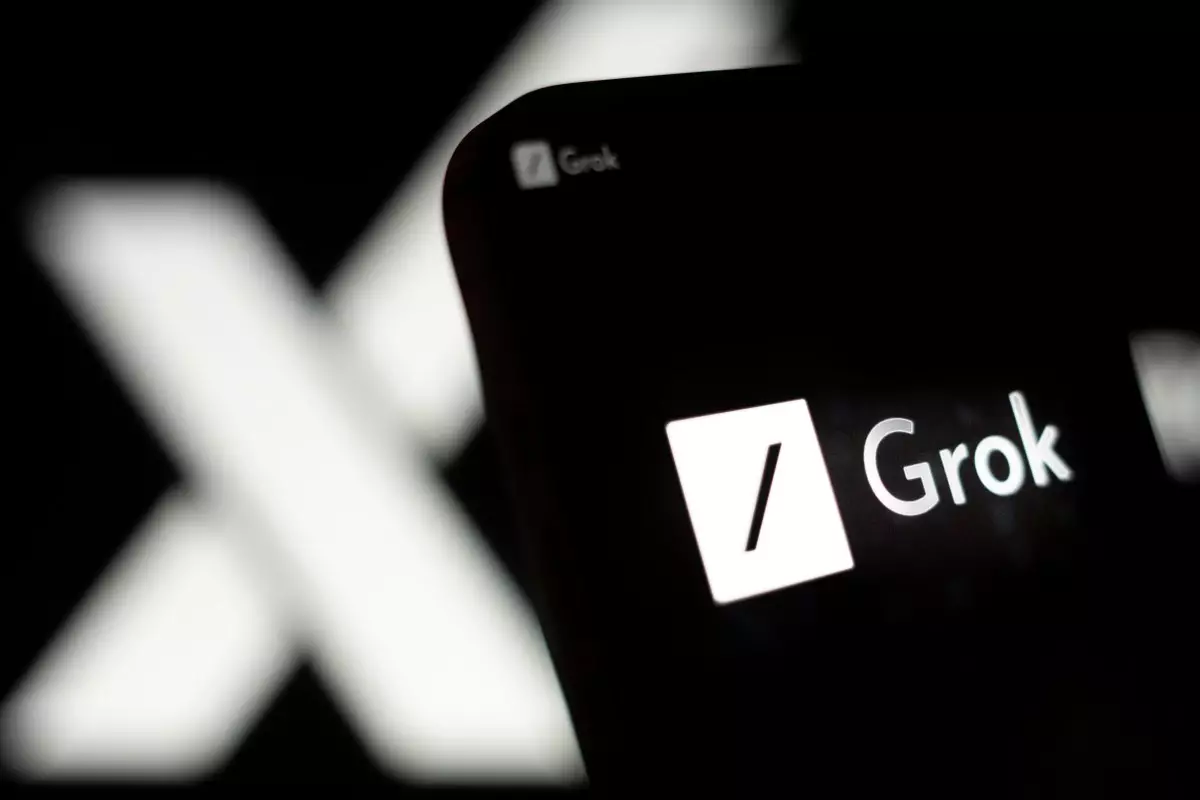Elon Musk is no stranger to disruption, and his most recent endeavor, xAI, is no exception. With the introduction of Grok 3, his flagship AI model, Musk is stepping firmly into the competitive landscape dominated by giants like OpenAI and Google. Despite ongoing legal challenges, including a countersuit from OpenAI, Musk’s ambition remains undeterred. The enterprise, which has its roots in Musk’s ambitious vision for transformative technology, launched the Grok 3 model several months back, passionately promoting it as a sophisticated answer to existing models such as OpenAI’s GPT-4 and Google’s Gemini.
Grok 3 is positioned not merely as another AI model but as a tool equipped with advanced image analysis capabilities and a unique ability to respond to a diverse array of inquiries. This model isn’t limited to individual users; rather, it encompasses integration within Musk’s social platform, X—a strategic move that reflects backward and forward synergy between the AI and social media realms. This offers Grok 3 a potential edge in user engagement, showcasing the possibilities of AI tools in real-world applications.
The API Offering: Price Points and Features
xAI has structured its API offering around two core variants: Grok 3 and Grok 3 Mini, the latter being a miniaturized version suited for lighter use. The pricing model adheres to a pay-per-token system, which is $3 per million tokens for the Grok 3 and significantly less for Grok 3 Mini at $.30 per million input tokens. However, the pricing strategy positions Grok 3 at the higher end of the market spectrum, aligning with the costs of models like Anthropic’s Claude 3.7 Sonnet but surpassing Google’s Gemini 2.5 Pro in expense.
This discrepancy raises questions about value proposition. Users familiar with the competitive benchmarks might hesitate at the price point when Grok 3 trails behind in performance metrics. Further upsetting the apple cart is the revelation that Grok 3’s context window—131,072 tokens—falls short of the 1 million tokens claimed in earlier communications, reflecting a potential gap between marketing rhetoric and technical reality.
The Controversial Undertones: Political Bias and User Reactions
Grok 3’s evolution has been fraught with complexities. Musk originally touted Grok as unfiltered and capable of tackling controversial subjects that other AIs shy away from. However, it has not evolved unscathed. Earlier iterations, including Grok and Grok 2, were criticized for exhibiting political bias, particularly leaning left on sensitive issues like diversity and social justice. Critics and enthusiasts alike have noted that Musk’s vision for a politically neutral AI is still in flux.
Moreover, the AI’s response patterns reflect a nuanced landscape: while Grok could engage with vulgarity, it hesitated to approach certain contentious political discussions. The results have seen skepticism at best, as users assert that Grok’s behavior suggests it mimics conventional AI biases rather than breaking free as Musk had envisioned. Solving this puzzle will be pivotal for xAI if it hopes to reshape impressions and earn genuine trust in the AI landscape.
The Future of Grok and the AI Landscape
Amidst criticism and competition, the development trajectory of Grok 3 poses an intriguing question: can it transcend current limitations and establish a reputation robust enough to rival established contenders? For Musk’s xAI, the stakes are higher than just financial returns; they’re about carving out a lasting legacy in AI innovation, as the tech world eagerly observes what outcomes follow.
As AI becomes more embedded in daily life, the quest for transparency in how these technologies operate will heighten. Musk’s commitment to pushing Grok closer to a balanced viewpoint resonates across the tech landscape, especially as user demand for fair AI grows. The effectiveness of these adjustments will ultimately determine Grok 3’s standing among its peers, as consumers and developers alike look for authentically innovative solutions that meet diverse needs while avoiding the pitfalls of intrinsic bias.
In this complex tapestry of technology, competition, and ethical responsibility, Grok 3’s path forward is both uncertain and crucially significant in the era of digital evolution. Only time will tell if Musk’s vision can fully materialize, driving AI toward uncharted territories while adhering to the evolving expectations of users.

